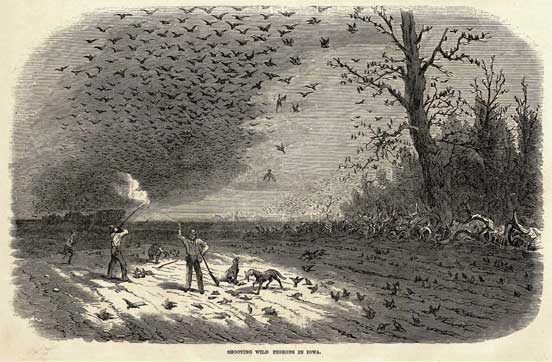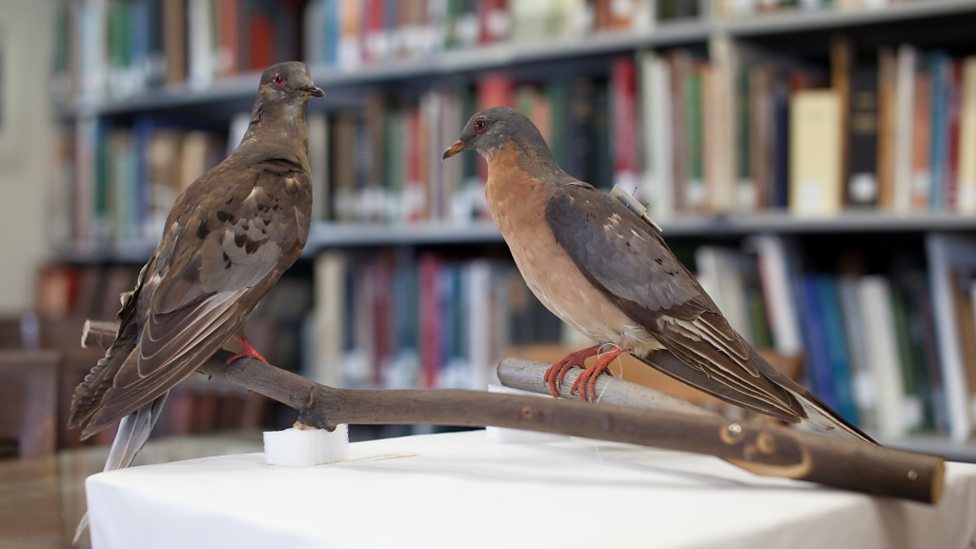Martha: An Endling’s Tale : BBC Programme Audio
Passenger pigeon’s disappeared altogether, except for three captive breeding flocks spread across the Midwest. About September 1, 1914, the last known passenger pigeon, a female named Martha, died at the age of 29, at the Cincinnati Zoo. Link
Century After Extinction, Passenger Pigeons Remain Iconic—And Scientists Hope to Bring Them Back
A hundred years later, the passenger pigeon remains iconic and is inspiring extravagant new technological feats. One team of scientists is even trying to bring the species back from extinction, using genetic engineering and cloning. Others are analyzing bits of passenger pigeon DNA to reconstruct its lost ways of life.
And whether scientists are able to bring passenger pigeons back or not, the birds may still offer lessons about keeping other species from following it into oblivion. (Source : nationalgeographic.com)
That was until the arrival of Europeans, who hunted them on an industrial scale for cheap meat. Tens of millions were slaughtered each year and the last wild passenger pigeon was seen in 1901. Cincinnati Zoo was home to the last captive bird, Martha, which died in 1914.

“Passenger Pigeons once migrated through Canada, the United States, and the Gulf of Mexico in numbers so huge that they darkened the sky,” says the website of the American Natural History Museum. “One flock was described as ‘a column, eight or ten miles in length… resembling the windings of a vast and majestic river.’ In 1808, [another] flock of passenger pigeons in Kentucky was estimated at more than two billion birds.” John James Audubon, a French-American naturalist, described how a migrating flock passing over his head blocked the sun for three straight days.
It has been argued that the passenger pigeon’s vast 18th and 19th century population was “ephemeral”, and unsustainable – they were destructive to the forest, cracking trees under their collective weight and covering the ground with excrement – but human activity, including the destruction of their food sources, westward expansion, and overhunting, wiped them out entirely. Source : (telegraph.co.uk)
